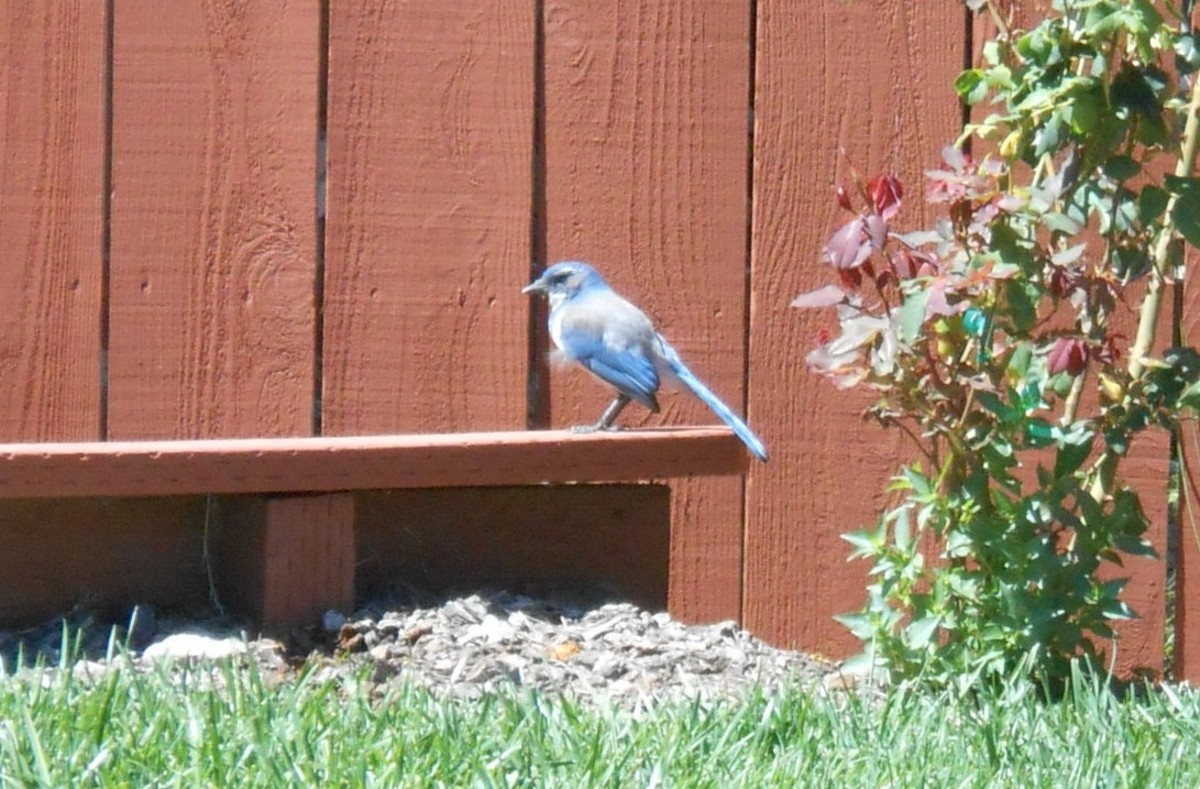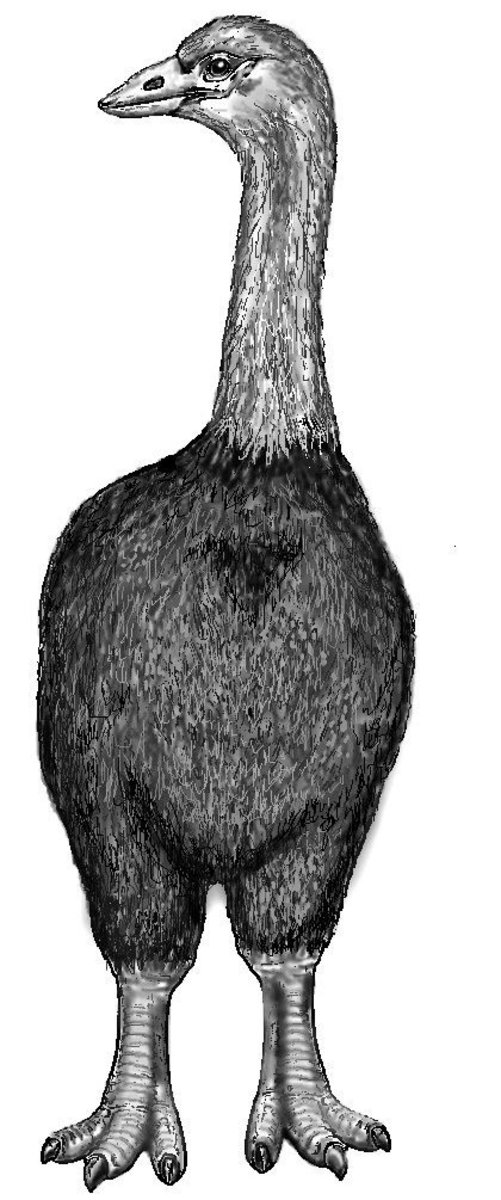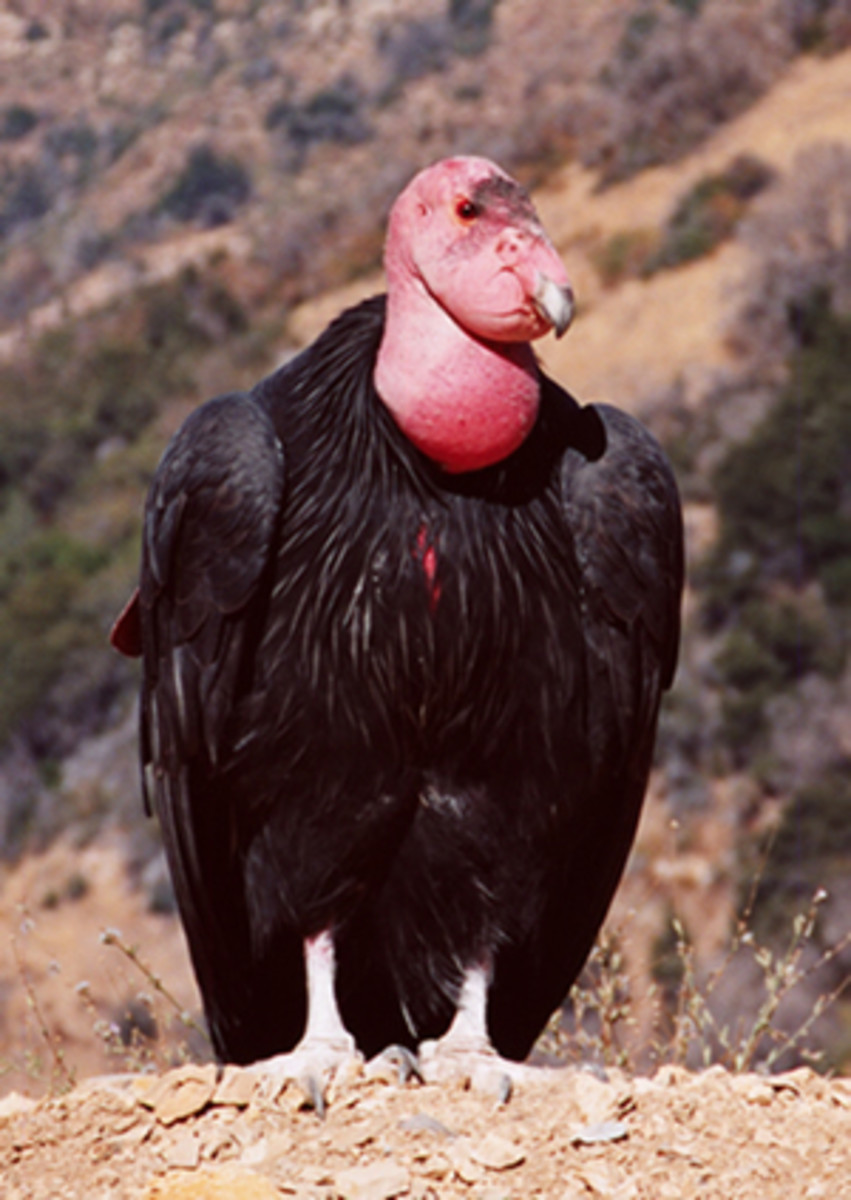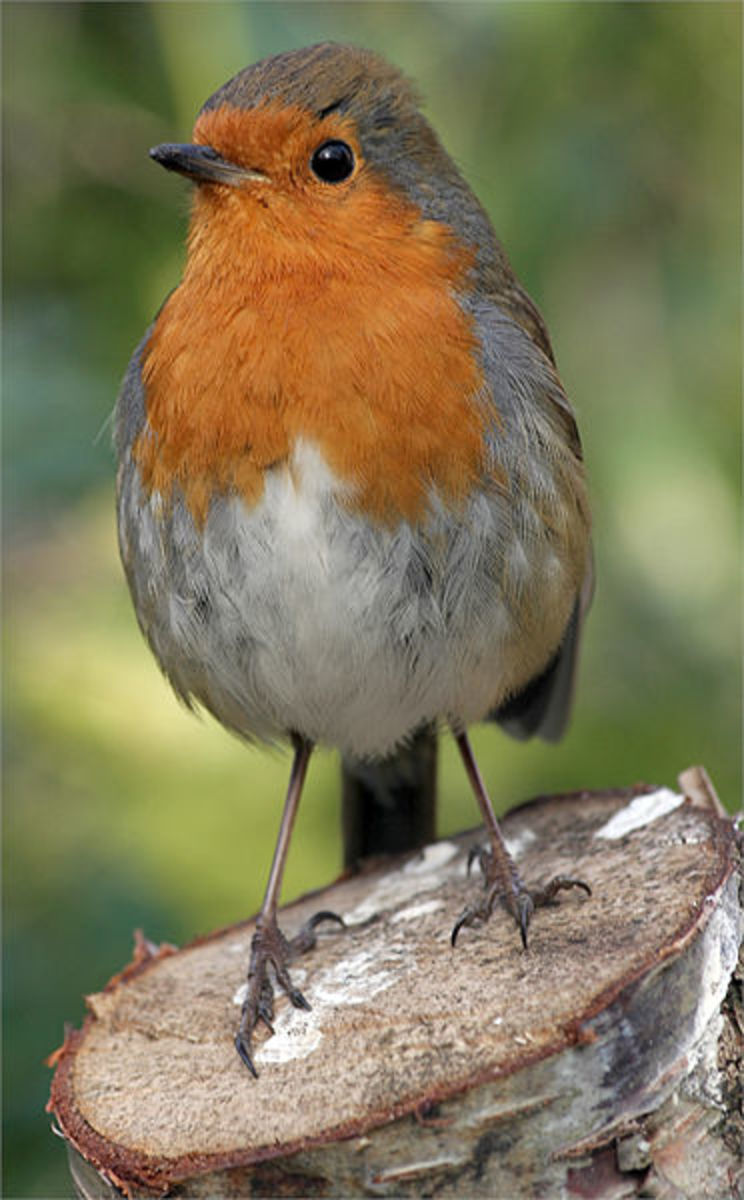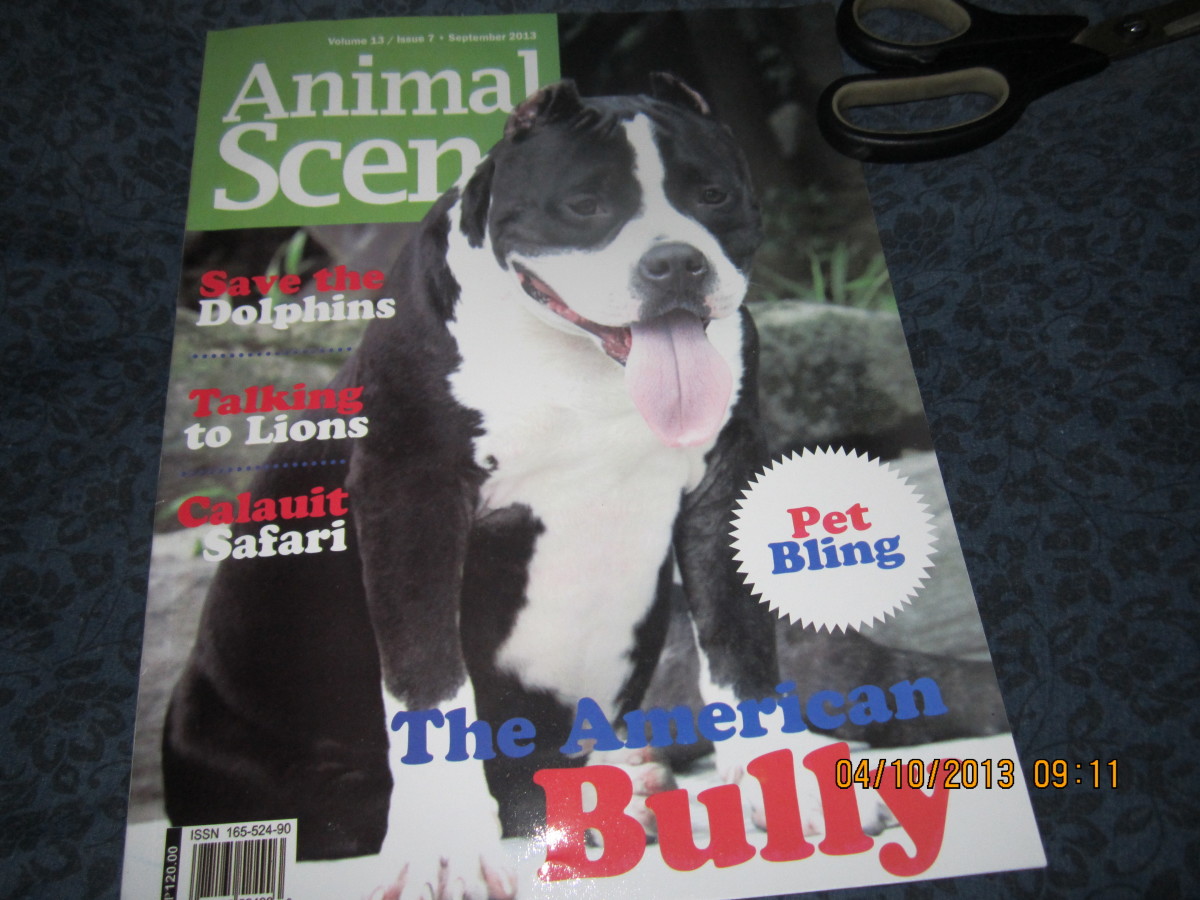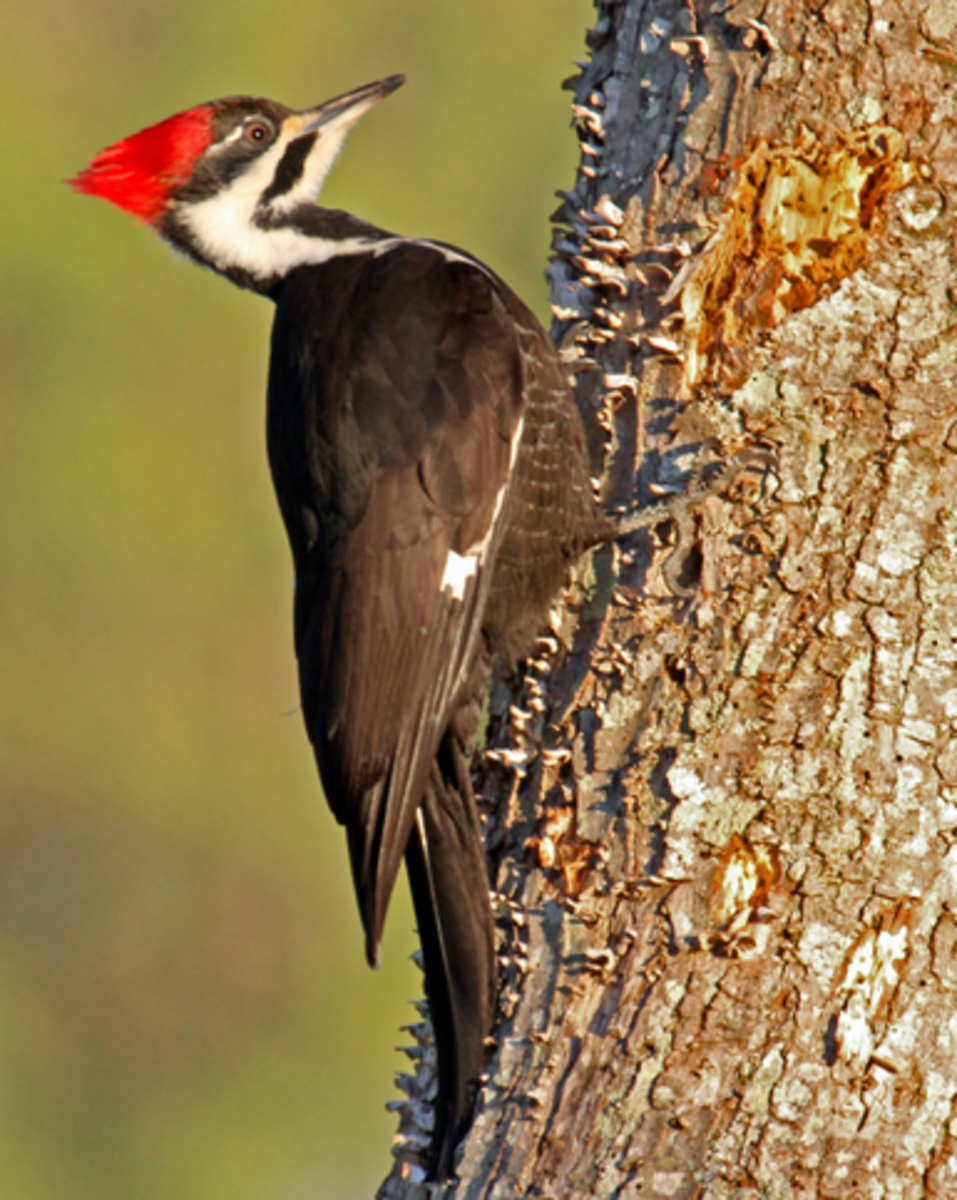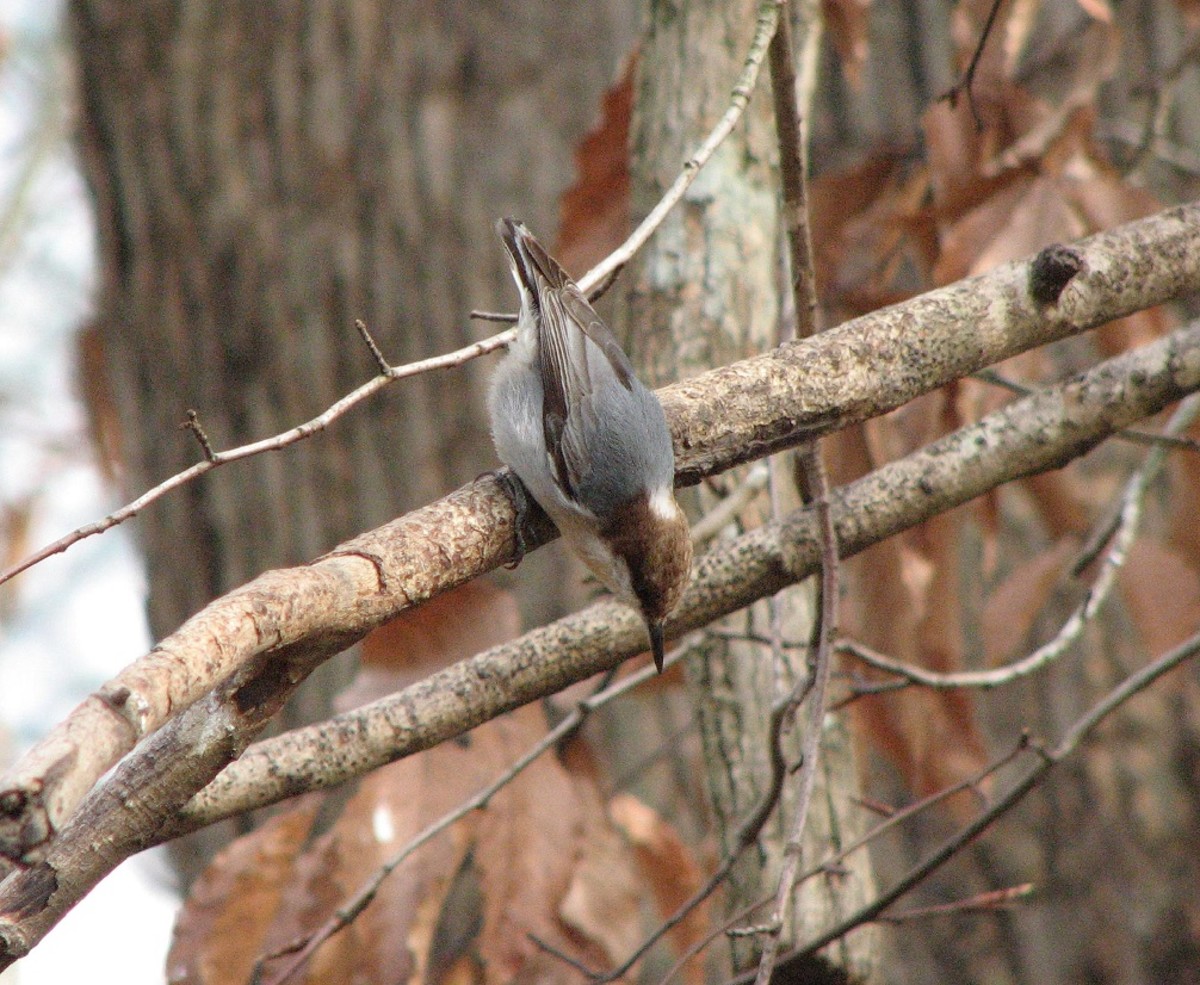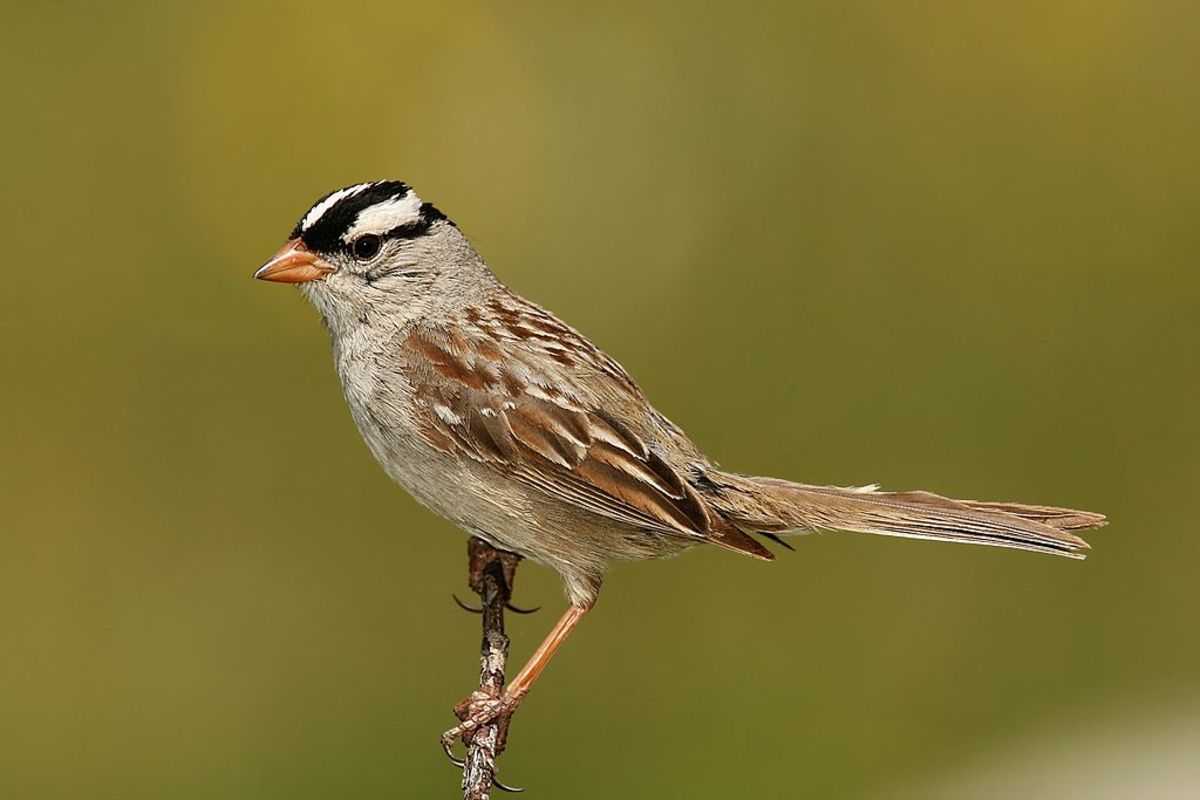Birds by Mel - Western Tanager Stamp, Natural History Facts and Personal Observations
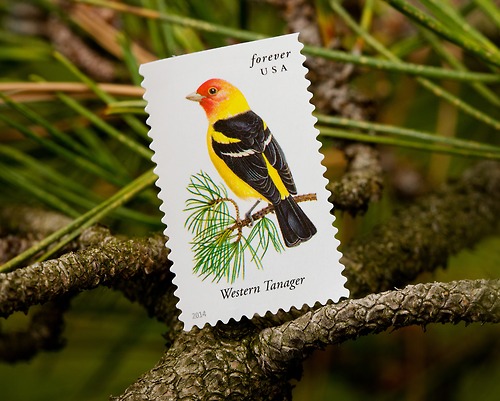
Flying into Unexplored Territory
Writing about heavy, deadly serious political topics has me a little worn out physically, mentally and spiritually, so I thought I would lighten up for a while and take my writing in an unexplored direction. I have written quite a few articles about birds for other writing sites, but this is the first time I've dared to share my humble knowledge and observations about birds here on Hub Pages. I hope you enjoy this series, which I plan to be ongoing.
Although most letter carriers are as aloof to birds as the next guy walking down the street, it seems natural that we should be very knowledgeable about them, being that we are outside all day and we have the best job in the world for observing bird life. Nowadays I am keenly in tune to the avian activity going on all around me, but this was not always the case.
That situation changed drastically in the late 90s when I saw a Black-shouldered Kite hovering over a vacant lot. Ironically, it was the same vacant lot where the (relatively) new post office that I work at stands today. I was fascinated by this quirky bird as it quartered off the field and then stopped in frequent intervals to hover helicopter-like in search of meadow voles hunkering down in the grass below. The unusual raptor piqued my curiosity so much that as soon as I got off work I ran out and bought a bird book. Shortly thereafter I had another encounter as I drove up to within almost touching distance of a Cooper's Hawk that was munching a pigeon on a sidewalk. This rendezvous inspired the purchase of an even larger bird book. Since that time I have been hooked on birds, my bookshelf is filled with bird books, and as I make my daily delivery rounds I am truly in touch with the avian sights and sounds that take place all around me.
That was my birding epiphany, but what about my bird writing epiphany? I've toyed with the idea of bird hubs in my head for a long time, but in keeping with the theme of my online identity I felt like I should tackle the subject of birds from a postal perspective. For the longest time I couldn't figure out a suitable angle, until I came across the lovely bird stamps of this latest Songbird postal series. At that point it occurred to me that I could approach birds from the stamp angle in order to preserve my postal writing motif and put a unique spin on the subject. So in this bird series I intend to write a little bit about the stamp, then a little bit about the bird, and finally follow it up with some observations I have made about the species while delivering the mail or otherwise. I love writing about birds, so I hope I do the topic justice here.
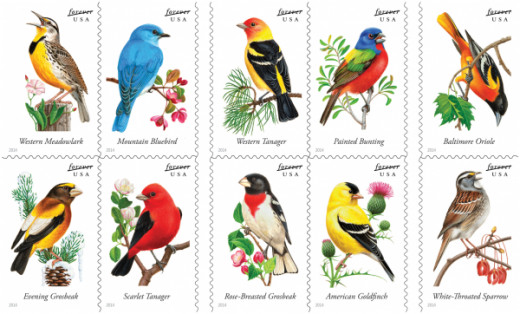
The Stamp
Since the Western Tanager was one of the landmark species of my birding avocation, I find it appropriate to start with this colorful denizen of the piney treetops.
The Western Tanager stamp you see above, the one that helped to get this bird series airborne, is part of the United States Postal Service "Songbirds" collection. This superbly rendered assemblage that was issued April 5, 2014, was designed by Derry Noyes and painted by Robert Giusti from photographs.
Robert Giusti is a brilliant commercial artist whose work has appeared on the cover of magazines, albums and books. He is probably most recognized for creating the cover art for best selling novelist Stephen King's It and Misery. He has also contributed work for other bird stamp series, including 2013's Tufted Puffins and 2012's Birds of Prey.
Giusti has been fascinated by wildlife since childhood. Although he is not a birder, while painting he attempts to immerse himself in the personality of the birds he is depicting, as these are displayed within the birds' natural habitats. Bird personality is skillfully depicted by Mr. Giusti in the Songbird series; from the grouchy face of the disgruntled Goldfinch to the cocksure exuberance of the Western Meadowlark to the inquisitive alertness of the Western Tanager that will be studied here.
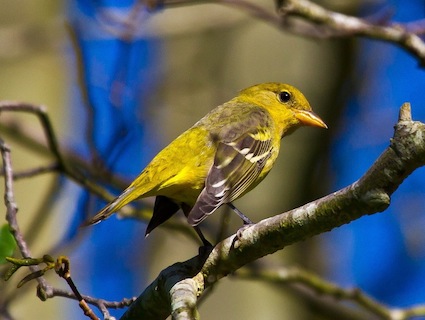
The Bird
The Western Tanager (Piranga Ludoviciana) has recently gone through a serious identity crisis. Once classified as a member of the Tanager family, this bird and the other members of the Piranga genus have now been placed in the Cardinal family. Gone are the bird's mysterious, romantic associations with the colorful Tanagers of the dripping, twilit tropical rain forests. Certainly not even the most malicious efforts of bickering taxonomists, however, can take away the incredible beauty of this species with its flaming red head feathers that contrast brilliantly against its yellow body and black wings. It is no fault of this stunning bird that it is now a Cardinal and no longer a Tanager. No shame - Cardinals aren't too shabby either.
The Western Tanager is sexually dimorphic, meaning in this case that there is a significant difference in appearance between the male and female of the species. The plumage color of the female is the rather unremarkable dull greenish yellow that can be seen in the photo above.
For the most part this bird fancies coniferous or mixed forest of higher elevations, but I can tell you from personal experience that during migration they are no stranger to suburbia either, and an alert lowland birder might see one flashing its brilliant plumage in a residential garden in early Spring.
The Western Tanager is the northernmost traveler of all of its Piranga brethren, breeding as far north as Southern Alaska, where it will hurriedly drop a clutch of eggs and then just a couple of months later scramble southward to beat the cold. Its breeding range varies greatly, with many a bird nesting in warmer climes as far south as the mountains of Baja, California, Mexico. The Western Tanager's territory extends eastward to approximately the edge of the Great Plains.
Piranga Ludoviciana migrates vast distances, wintering through Mexico all the way southward to Costa Rica in Central America.
Although Western Tanagers are primarily bug-munchers, about 20% of the time they also partake of a fruity snack. In the past the notorious sweet tooth of this bird caused it to be accused of destroying orchards, a crime for which it was widely hunted and poisoned as a cherry thief. To the satisfaction of those of us that prefer the beauty of birds to a maraschino cherry atop a sundae, the Western Tanager is now protected against the depredations of vengeful fruit growers. At this time the red list of the IUCN (International Union for Conservation of Nature) lists the Western Tanager as a species of least concern, indicating the lowest possible threat level to its continued survival and prosperity.
This alleged orchard raider has achieved more notoriety for its beautiful plumage than for its song, which has been described as being like that of a hoarse Robin battling laryngitis. I will post a link below so you can judge the aesthetic qualities of the Western Tanager's song for yourself.
Hear the Tanager's Song
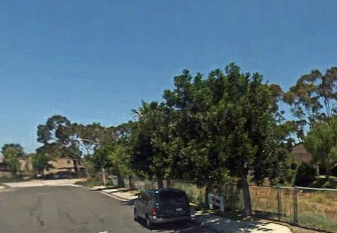
The Western Tanager and Me
It was the 6th of May, 1999 when I first made the acquaintance of the Western Tanager. I am sure of this date because I keep an Excel spreadsheet on my computer that contains my birder's "life list." 1999 was a very good birding year for me because that is when I really started paying attention to avian life, and almost everything flying was going on the list.
The street I was delivering to that day was in an older, rather run down section of town. The neighborhood consisted of deteriorating wooden and brick houses that were built in the fifties before earthquake standards and homeowner's associations came into vogue. I wouldn't call it ghetto, but if the neighborhood could stretch its rickety neck out a little it would see ghetto coming fast just around the corner.
In other words, it was not the kind of place one would expect to see an exotic, colorful bird of lovely, verdant, coniferous mountain thickets that is more accustomed to flitting among the needles and cones of pine trees than bouncing from a woodpile to the rusted out hulk of a car.
Nonetheless, when I first saw the Western Tanager perched atop a termite-eaten picket fence I knew exactly what it was, because photographs and paintings of this picturesque bird grace the cover of many a field guide. In truth it is a hard bird to misidentify, even though in flight its yellow and black pattern can cause it to be confused with an Oriole if the unmistakable red crown is not viewed.
But during the course of that day and the days to come I would get many chances to confirm my identification. Later that day I arrived at a portion of my route bordered by a large vacant lot that I called the Dead End Swamp because during the winter rains it became very marshy. Here in some ficus trees bordering the Dead End Swamp I spotted at least a half dozen tanagers flitting among the dark green foliage, where presumably they were feasting on the orange fruit produced abundantly by the trees in springtime. The tanagers lingered a few days in this locale before they moved on.
The birds continued to make an appearance during the first week of May for the next five years, drawn to these ficus trees either because they felt safe in the thick foliage, they liked the fruit growing on the trees, they liked the bugs eating the fruit, or a combination of all three. Anyhow, I looked forward to the annual visit of the tanagers, but then I got a position in another office and moved on too. For all I know the tanagers are still visiting the Dead End Swamp on an annual basis, and perhaps this coming May I will make a visit there to see if they still stop over on their way to mysterious parts unknown.
I have also encountered the Western Tanager in the coniferous thickets atop Cuyamaca Mountain here in San Diego County, and on the high slopes of Sandia Peak that rises up from the east side of Albuquerque, New Mexico.
I was so inspired by the Western Tanager that I once started writing a novel about one. Somewhere in my garage I still have several spiral notebooks containing about a thousand pages of an unfinished handwritten draft. I eventually gave the novel up as silly and campy, but there may be a story there yet, if approached from a more sophisticated, perhaps darker angle.
Catch a Glimpse of the Western Tanager
Western Tanager Stamp of Approval
I'm not the only one that has been inspired by the Western Tanager and by birds in general, most of whom I first met while lugging the US Mail. There is no doubt that the beauty of birds has awakened artistic impulses in others too, and the beauty of the Western Tanager has inspired aspiring writers, fantastic stamp artists like Robert Giusti, and even musicians. While researching this article I stumbled across works for both the piano and the flute that were composed to mimic the Western Tanager's song.
In my opinion the melody making ability of the Western Tanager does not measure up to its resplendent plumage, but there is something about the bird's brilliant beauty lighting up dim and dusky evergreen groves that inspires poetry in people from the Bering Straights to the Isthmus of Panama.



